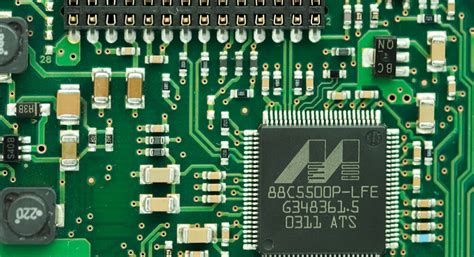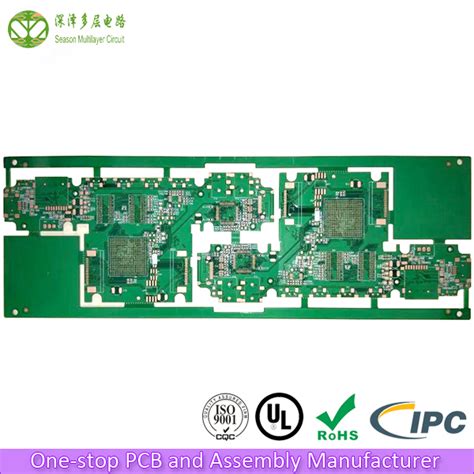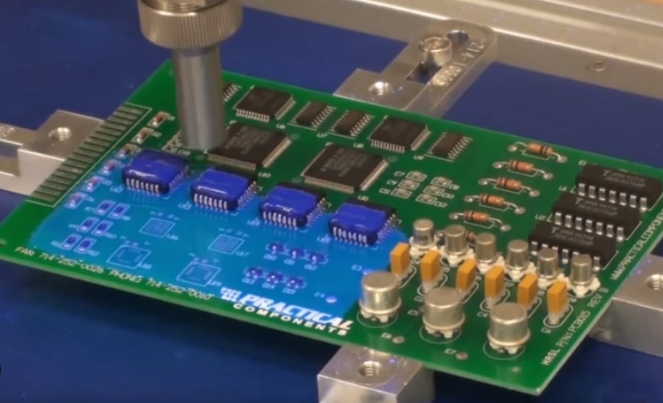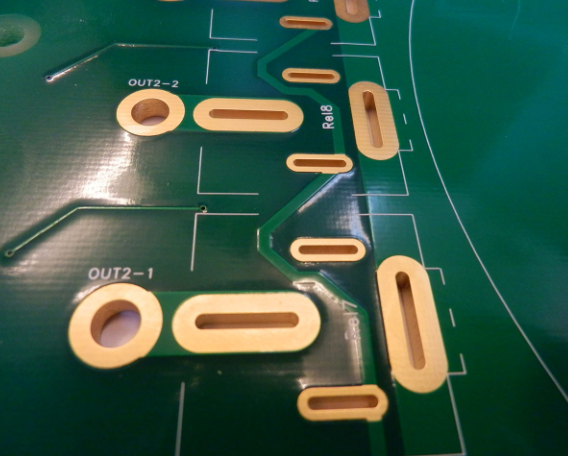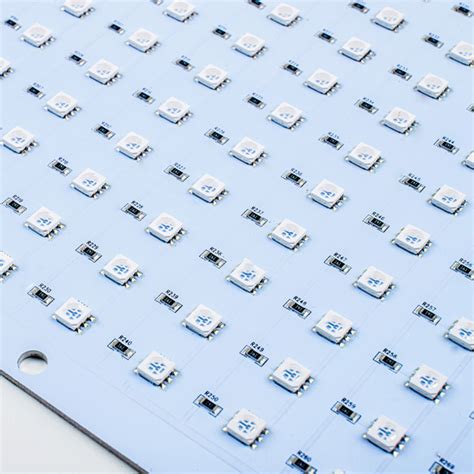Optimizing Contract Manufacturing for Electronic Assembly Success
Key Takeaways
In the realm of contract manufacturing for electronic assembly, it is essential to understand the significant role of pcb assembly processes. This involves not only the assembly of components onto printed circuit boards but also ensuring that every step is optimized for performance and quality. Effective pcba management can lead to higher efficiency and reduced production costs. It’s crucial to address the key challenges, such as supply chain management and communication gaps, that can hinder operational success. Implementing strategies for process optimization enables manufacturers to streamline workflows, thus minimizing lead times and enhancing overall productivity. Quality control is another critical facet; adopting rigorous standards can drastically reduce defects, leading to improved customer satisfaction. Moreover, fostering collaboration with manufacturing partners opens avenues for sharing best practices and innovative solutions. Embracing technological innovations within electronic assembly processes will drive significant efficiency gains while staying aligned with market demands. Ultimately, by measuring success through key performance indicators (KPIs), manufacturers can systematically track their progress in achieving operational excellence in the realm of contract manufacturing for pcb assembly and pcba services.
Understanding Contract Manufacturing in Electronic Assembly
Contract manufacturing plays a pivotal role in the landscape of electronic assembly, especially when it comes to the production of printed circuit boards (PCBs) and PCB assembly (PCBA). By outsourcing the manufacturing process, companies can leverage specialized expertise, achieve cost savings, and enhance operational efficiency. In this arrangement, it is essential for businesses to clearly define their specific requirements to ensure that the manufacturing partner fully understands the project’s scope and technical specifications. An effective contract manufacturing relationship involves not just a transaction but a collaborative partnership aimed at driving mutual success.
Moreover, quality assurance is crucial in this setting, as it directly impacts reliability and performance. Manufacturers must adopt stringent quality control measures throughout the pcba process to maintain standards and address any defects promptly. Investing in advanced technology, such as automated testing equipment and real-time monitoring systems, can streamline operations while ensuring that quality benchmarks are consistently met.
“Collaboration with manufacturing partners can significantly increase resilience against unforeseen challenges,” says industry expert Jane Doe.
Additionally, fostering a culture of open communication enhances problem-solving capabilities and encourages innovation across both parties. As electronic products become increasingly complex, understanding the nuances of contract manufacturing in electronic assembly will be key to achieving successful outcomes. By focusing on these critical elements, companies can optimize their contract manufacturing strategies effectively and achieve a competitive edge in the market.
Key Challenges in Electronic Assembly Contract Manufacturing
Navigating the landscape of contract manufacturing in electronic assembly presents multiple challenges that can impact overall efficiency and success. One significant hurdle is the complexity involved in PCB assembly, where the precision of each component placement is crucial. Any deviation can lead to failures in the final product, emphasizing the need for robust quality control systems. Furthermore, variability in component quality and supply chain disruptions can introduce delays, complicating production schedules and leading to increased costs. Another challenge is maintaining effective communication with partners throughout the PCBA process; as the assembly teams must be aligned on specifications, timelines, and potential design changes. This necessitates a high level of collaboration and transparency to ensure that all parties are on the same page. Additionally, as technology evolves rapidly, manufacturers face pressure to adapt to new tools and practices that enhance productivity but require investment and retraining. Moreover, regulatory compliance adds another layer of complexity, as manufacturers must adhere to different standards and practices across regions, which can sometimes conflict with efficiency efforts. Addressing these challenges head-on is essential for companies aiming to thrive in a competitive marketplace while ensuring that their contract manufacturing partners deliver high-quality electronic assemblies consistently.
Strategies for Process Optimization in Electronic Assembly
In the realm of contract manufacturing for electronic assembly, efficient processes are crucial to achieving cost-effectiveness and timeliness. One effective strategy for process optimization involves the integration of advanced technologies that streamline pcb assembly. Implementing automated systems can significantly reduce human error during the pcba process, enhancing accuracy and speed.
Additionally, adopting lean manufacturing principles can aid in the identification and elimination of waste throughout the production cycle. This methodology focuses on maintaining continuous flow and improving efficiency by organizing workspaces effectively and utilizing just-in-time inventory strategies.
A critical component of optimizing processes is robust training programs focused on quality control techniques. Investing in employee training ensures that all team members are equipped with the necessary skills to identify potential issues before they escalate into costly errors.
Creating an effective communication framework among teams also supports seamless workflow, facilitating quicker problem-solving and adaptability to changing requirements. By fostering an environment that encourages collaboration, organizations can not only improve their contract manufacturing capabilities but also enhance the overall quality of their electronic assemblies.
| Strategy | Description | Benefits |
|---|---|---|
| Automation | Use of machinery for repetitive tasks | Reduced errors, increased speed |
| Lean Manufacturing | Streamlined processes to reduce waste | Cost reduction, improved efficiency |
| Quality Control Training | Focused training programs for quality assurance | Higher product quality, reduced defects |
| Enhanced Communication | Frameworks to improve team collaboration | Quicker problem resolution, adaptability |
By implementing these strategies, companies can create a more optimized workflow in their electronic assembly operations, paving the way for successful contract manufacturing outcomes.
Enhancing Quality Control in Contract Manufacturing
In the realm of contract manufacturing, particularly in electronic assembly, maintaining high standards of quality control is paramount. The complex nature of PCB assembly (Printed Circuit Board assembly) necessitates robust quality assurance measures to ensure that each component functions optimally within the final product. Implementing thorough testing protocols during various stages of the assembly process can significantly reduce defects and improve overall product reliability. One effective strategy involves adopting a statistical quality control approach, where data collected during production is analyzed to identify trends or anomalies that could indicate potential quality issues.
Moreover, fostering a culture of collaboration and open communication between all stakeholders, including suppliers and manufacturers, is essential for identifying quality concerns early on. This collaboration can facilitate quicker resolutions and more effective problem-solving strategies. Furthermore, investing in advanced technologies such as automated inspection systems can enhance the precision of PCBA processes by ensuring that every unit meets established quality benchmarks before moving forward in the production line. By prioritizing these practices, organizations can not only enhance their quality control but also achieve greater operational success and efficiency in their contract manufacturing efforts.
The Importance of Collaboration with Manufacturing Partners
In the realm of contract manufacturing, particularly in electronic assembly, the significance of fostering strong relationships with manufacturing partners cannot be overstated. Effective collaboration is paramount to navigating the complexities of pcb assembly processes and ensuring the successful execution of pcba projects. When all parties contribute to open communication and share a common vision, it helps mitigate misunderstandings and aligns goals, ultimately leading to enhanced operational efficiency. By working closely with trusted partners, manufacturers can leverage each other’s strengths, from advanced technology implementation to streamlined production timelines. Additionally, collaboration encourages synergy in problem-solving; when challenges arise, a united front can lead to faster and more innovative solutions. This partnership-driven approach not only improves product quality but also enhances the overall capability of the supply chain, ensuring that products meet strict quality criteria while adhering to tight schedules. As the landscape of electronic assembly continues to evolve, investing in collaborative relationships will be crucial for companies aiming for sustained success and improved outcomes in their contract manufacturing endeavors.
Technological Innovations Driving Efficiency in Electronic Assembly
In the dynamic realm of contract manufacturing, particularly within electronic assembly, technological innovations play a pivotal role in enhancing efficiency and productivity. One of the most significant advancements is the emergence of automation in pcb assembly processes, which minimizes human error and accelerates production rates. Tools such as robotics and artificial intelligence have revolutionized how pcba is executed, allowing for greater precision in component placement and soldering. Additionally, advancements in software solutions enable real-time monitoring and analysis of production lines, facilitating immediate feedback on potential issues that could compromise quality. By integrating these technologies, companies can optimize workflow, reduce downtime, and ensure consistent product quality throughout the manufacturing cycle. Furthermore, the introduction of advanced materials tailored for electronic components supports improved durability and performance of final products. As a result, manufacturers committed to adopting these innovations not only enhance their competitive edge but also secure higher satisfaction rates among clients by delivering superior products more efficiently.
Measuring Success: KPIs for Contract Manufacturing Performance
In the realm of contract manufacturing for electronic assembly, measuring success is crucial for ensuring that processes are streamlined and goals are met. Key Performance Indicators (KPIs) play a fundamental role in quantifying the efficacy of operations. Among the most pivotal KPIs to consider are lead time, which assesses the efficiency of pcb assembly processes; yield rates, which indicate how many of the produced units meet quality standards; and defect rates that help identify areas needing improvement. Additionally, monitoring supplier performance and collaboration metrics can provide insights into the strength of partnerships—essential for enhancing overall productivity in pcba environments. By aligning these KPIs with organizational objectives, companies can foster a culture of continuous improvement, ensuring that each step in the contract manufacturing process contributes positively to operational success. An analytical approach to KPI management not only highlights achievements but also pinpoints challenges that require strategic interventions, ultimately leading to greater innovation and efficiency in electronic assembly.
Future Trends in Electronic Assembly and Contract Manufacturing
The landscape of contract manufacturing in electronic assembly, particularly in PCB assembly and PCBA, is continuously evolving. Increasingly, companies are recognizing the importance of adapting to emerging technologies and market demands to maintain competitive advantages. One notable trend is the shift towards greater automation, where robotics and artificial intelligence enhance precision in tasks such as soldering and inspection. This automation not only boosts efficiency but also minimizes human error, thereby improving the overall quality of products. Additionally, the integration of advanced data analytics allows manufacturers to gain insights that facilitate real-time monitoring of production processes. These insights lead to more informed decision-making and agile responses to disruptions or shifts in customer preferences. Furthermore, sustainability has become a focal point; organizations are now prioritizing environmentally friendly materials and practices that reduce waste during the pcb assembly process. Collaboration among manufacturing partners has never been more critical, as sharing best practices and resources can foster innovation while addressing common challenges in quality control and supply chain management. As these trends unfold, companies must remain vigilant in their strategies to optimize contract manufacturing processes, ensuring they align with both technological advancements and shifting market dynamics to achieve lasting success in electronic assembly endeavors.
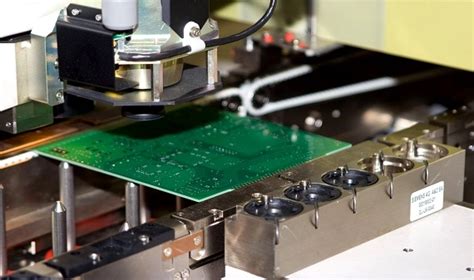
Conclusion
In today’s rapidly evolving marketplace, optimizing contract manufacturing for electronic assembly is crucial for organizations aiming to maintain a competitive edge. Effective strategies must be employed to streamline processes and enhance quality in pcb assembly or pcba operations. By addressing the key challenges identified earlier, companies can significantly improve their operational efficiency. Partnering with the right suppliers and fostering a culture of collaboration is essential for achieving shared goals and driving innovation in production methods. The integration of technological innovations, such as automation and advanced quality management systems, can further bolster performance metrics and ensure high standards are met consistently. As we look to the future, it is important for stakeholders in the electronic assembly sector to remain vigilant about emerging trends and proactively adapt their strategies. This adaptability will be key to sustaining long-term success in contract manufacturing, allowing businesses not just to survive but thrive amidst ongoing shifts in the industry landscape.
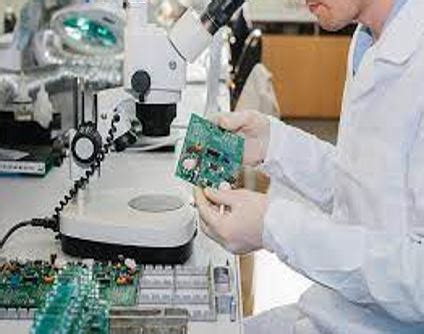
FAQs
What is contract manufacturing in electronic assembly?
Contract manufacturing in electronic assembly refers to a business model where companies outsource the production of their electronic components, such as PCBA (Printed Circuit Board Assembly), to specialized manufacturers. This allows businesses to focus on design and innovation while leveraging the expertise of manufacturers for efficient production.
What are the key benefits of using contract manufacturing for PCB assembly?
The key benefits include reduced operational costs, access to advanced technology and skilled labor, increased production capacity, and enhanced flexibility in responding to market demands. By outsourcing pcb assembly, businesses can ensure high-quality products without the need for significant capital investment.
How can quality control be enhanced in contract manufacturing?
Enhancing quality control involves implementing rigorous testing protocols at various stages of production, utilizing automated inspection systems, and fostering open communication with manufacturing partners to quickly address potential issues. Adopting industry standards and certifications is also crucial in ensuring product reliability.
What technological innovations are currently driving efficiency in electronic assembly?
Innovations such as automation in processes, predictive analytics for identifying potential production delays, and advanced materials are crucial drivers of efficiency. These technologies streamline pcba processes, reduce waste, and improve overall production timelines.
How essential is collaboration with manufacturing partners?
Collaboration with manufacturing partners is vital for successful contract manufacturing. By establishing strong relationships based on trust and transparent communication, companies can share insights and feedback that lead to improved processes and higher-quality products.
If you want to learn more about optimizing your pcb assembly, please click here: AndwinPCB PCB Assembly



